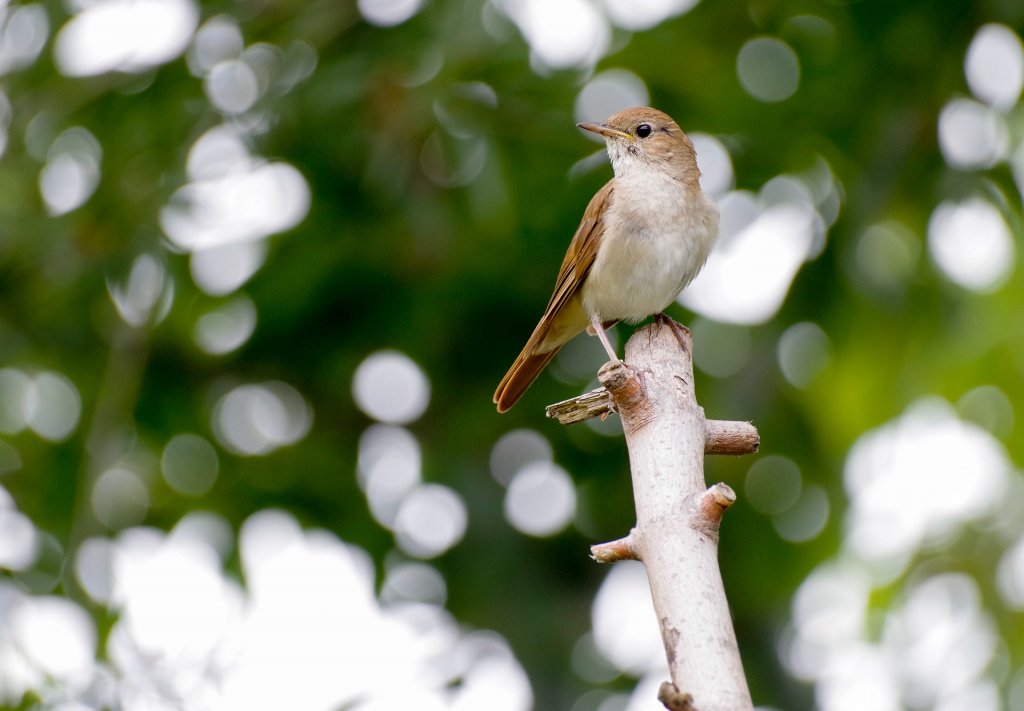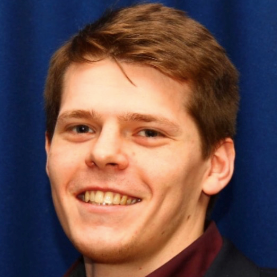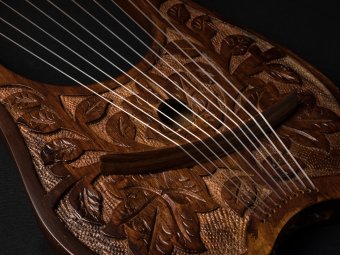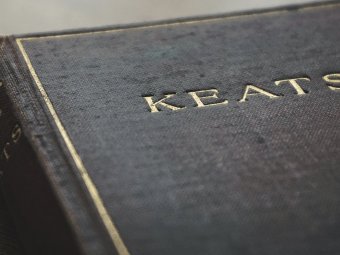‘Viewless Wings of Poesy’: Oral Enchantment in Keats and Tolkien

John Keats (1795 – 1821) and J.R.R. Tolkien (1892 – 1973) are not the most likely of pairings when it comes to comparing writers. Keats was deeply concerned with the beauty and pain that life presented
in poems such as ‘Ode to a Nightingale’ and ‘Bright Star’, whereas Tolkien is most commonly associated with the fantasy genre through The Hobbit (1937) and The Lord of the Rings (1954 – 1955). However, they bear more similarities than one may initially perceive. In this article I will investigate how a scene from The Lord of the Rings is a literary descendant of ‘Ode to a Nightingale’. Drawing on a description of Frodo’s enchantment in Rivendell and the Keatsian techniques of synaesthesia and the flight of the imagination, I will argue that the power of song to enchant the audience in Keats and Tolkien are inherently connected through the Romantic lyric structure.
‘Ode to a Nightingale’ and The Lord of the Rings
‘Ode to a Nightingale’ is perhaps Keats’s most popular poem. Students may know the title without having read the poem itself. During the first half of the twentieth century when Tolkien was writing The Lord of the Rings, it was certainly one of the most anthologised poems altogether. To those who know Keats, the poem exemplifies his fascination with nature, mortality and immortality, and reality and the imagination. The poem follows a melancholy speaker who is inspired by the song of the nightingale and wishes to ‘fly to thee’ on the ‘viewless wings of Poesy’ (Keats, 1988, p. 347; ll. 31 – 33). In its imaginative flight the speaker recalls elements of antiquity before being called back to reality by the ominous bell-like word ‘forlorn’ (Keats, 1988, p. 348; l. 71). The poem is deeply sensual and develops many images, tastes, and sounds in a mixing pot that blends everything together in a way that intoxicates its audience.

“To those who know Keats, the poem exemplifies his fascination with… the imagination.”
To summarise The Lord of the Rings in brief is a difficult task, it has defied singular definition since its publication. It is the story of a group of friends who leave the comfort of their home in the Shire to destroy the One Ring. Along their way they stop off and rest at the house of the half-elf Elrond. In the house the novel’s protagonist, Frodo Baggins, listens to many performances by the resident Elves in the chapter ‘Many Meetings’. While listening he appears to undergo a similar imaginative flight that the speaker of Keats’s Ode experiences. The singing ‘held him in a spell’ and the ‘words took shape, and visions of far lands and bright things he had never yet imagined opened out before him’ [Tolkien, 2007, p. 233].

“Words took shape, and visions of far lands and bright things he had never yet imagined opened out before him.”
Tolkien, 2007, p. 233.
The structure of Frodo’s imaginative flight is strikingly similar to that in Keats’s Ode, that is, both start in reality, they move into the spheres of their imaginations, then they return to reality somehow changed by their experience. The prolific Tolkien scholar Tom Shippey has commented that Frodo appears to be ‘listening in a highly Keatsian style’ (2005, p. 222). He is most certainly right. But this raises the question of how one may listen in a Keatsian manner?





